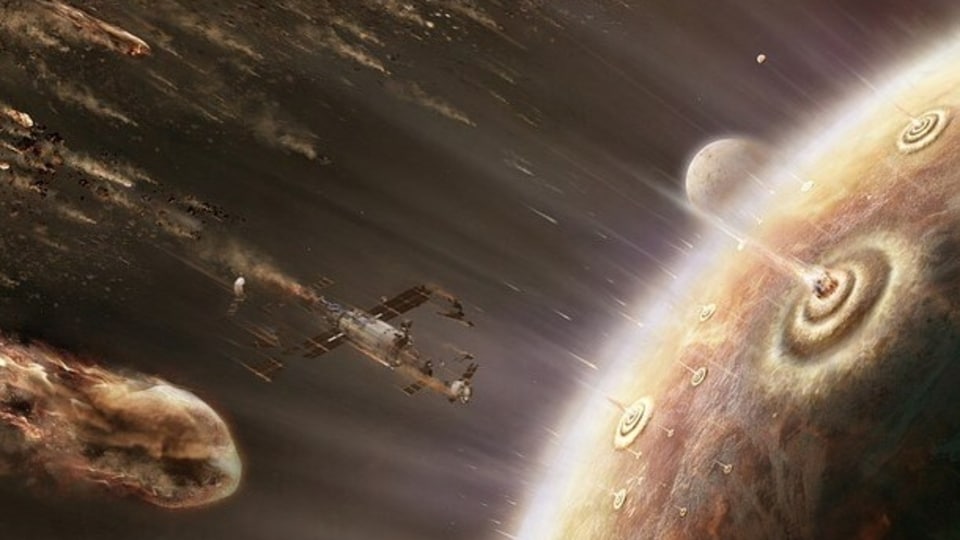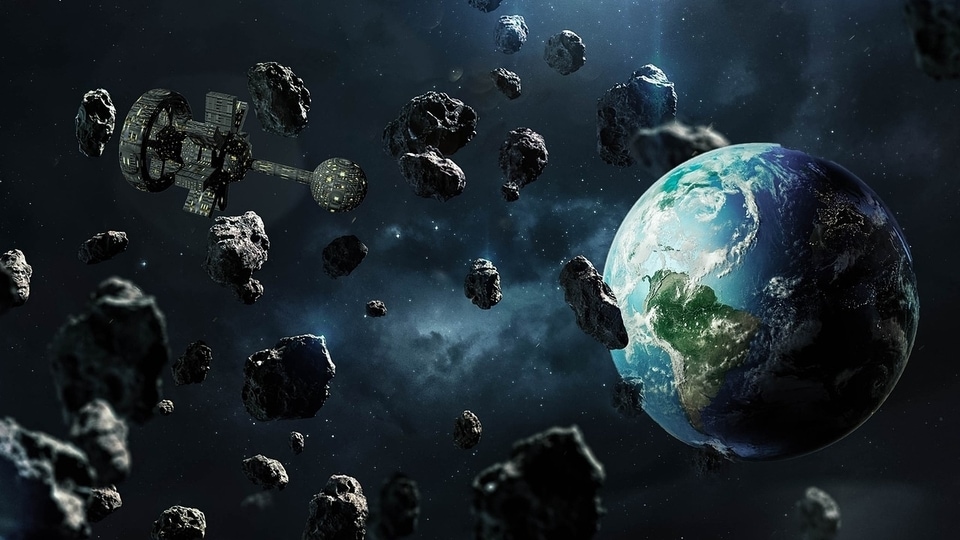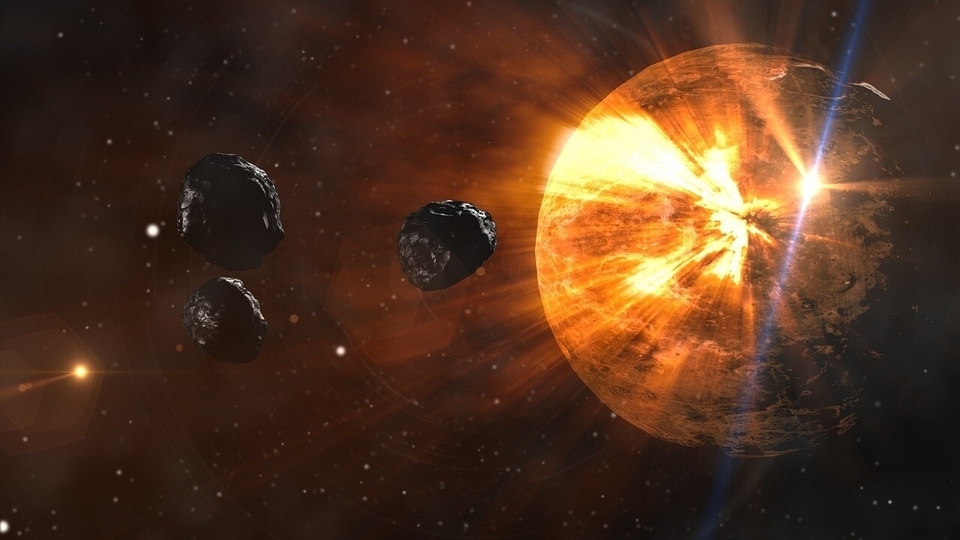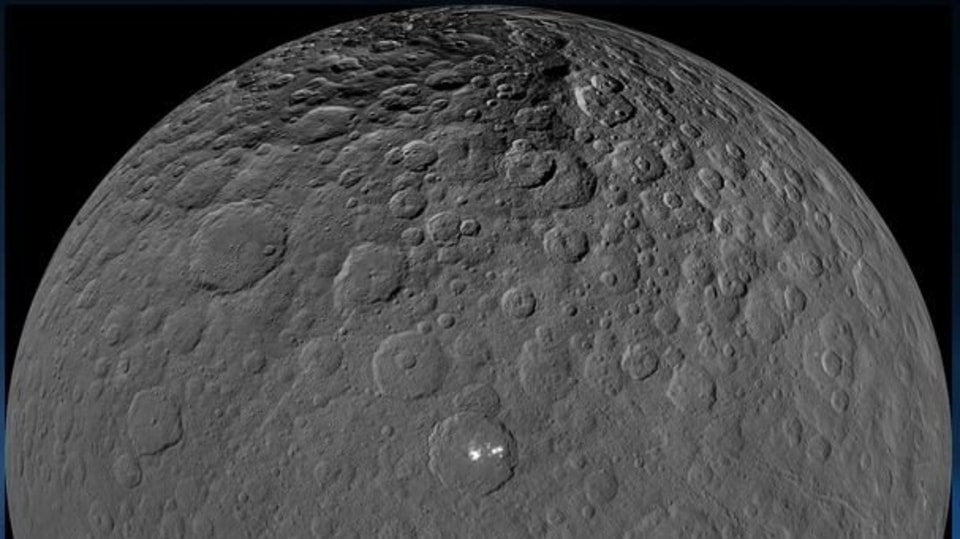NASA finds rare asteroid! Key to origin of water on Earth?
A team of scientists has discovered a new group of water-rich asteroids that may have come from the outer edges of the solar system to the asteroid belt.







 View all Images
View all ImagesNASA and other space agencies keep a constant watch on all the near-Earth asteroids to know the potential threat to our planet. However, these asteroids are more than just hazardous space objects! Now, a team of astronomers have discovered a new category of asteroids that could provide insights into the composition of the early solar system. Even more intriguing is the fact that these rocky bodies, situated in the outer asteroid belt, are porous and rich in water, having undergone significant evolution from their original location.
NASA Astromaterials tweeted, "How can experts decipher the origin & evolution of large/dark asteroids considered rich in water & carbon, essential elements to life on Earth?” The study has been published in the Nature Astronomy paper by Takir et al. (2023), who provide insight using near-infrared observation and comparisons to Ceres, which is the sole dwarf planet in the inner solar system known for its abundance of water.
With the help of the NASA Infrared Telescope Facility in Hawaii, the space agency found evidence of asteroids in the main belt moving there from a cold region. According to the study, these large and dark asteroids, measuring over 100 kilometres in diameter, exhibit similar features just like the mineral composition of the icy dwarf planet Ceres. With an equatorial diameter of around 900 kilometres, Ceres holds the title of being the largest entity located in the asteroid belt between Mars and Jupiter.
Scientists believe that these asteroids might have transported water to the developing planets, particularly Earth, during a time when the inner solar system and its constituents were generally dry. The recently discovered group of Ceres-like asteroids, abundant in water and carbon, contain the same crucial components required for life to exist on Earth.
Catch all the Latest Tech News, Mobile News, Laptop News, Gaming news, Wearables News , How To News, also keep up with us on Whatsapp channel,Twitter, Facebook, Google News, and Instagram. For our latest videos, subscribe to our YouTube channel.
































